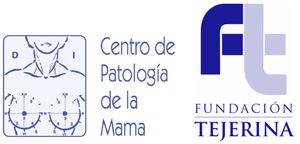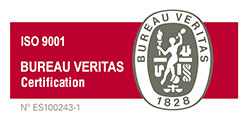
“Screening for breast cancer in high-risk women has been shown to be more sensitive with MRI”
Screening for breast cancer in women who are at high risk has been shown to be more sensitive with MRI. However, a mammogram can identify some cancers that are not detected by MRI. Therefore, follow-up with mammography and MRI is recommended in these women. In the case of ovarian cancer, a clinical examination, transvaginal ultrasound, and determination of CA-125 tumor marker in blood are recommended.
Unfortunately, there is no method effective enough to detect early-stage ovarian cancer, contrary to what we achieved with the tests we used for early detection of breast cancer. Therefore, risk reduction surgery for the prevention of ovarian cancer is more than justified starting at a certain age.


